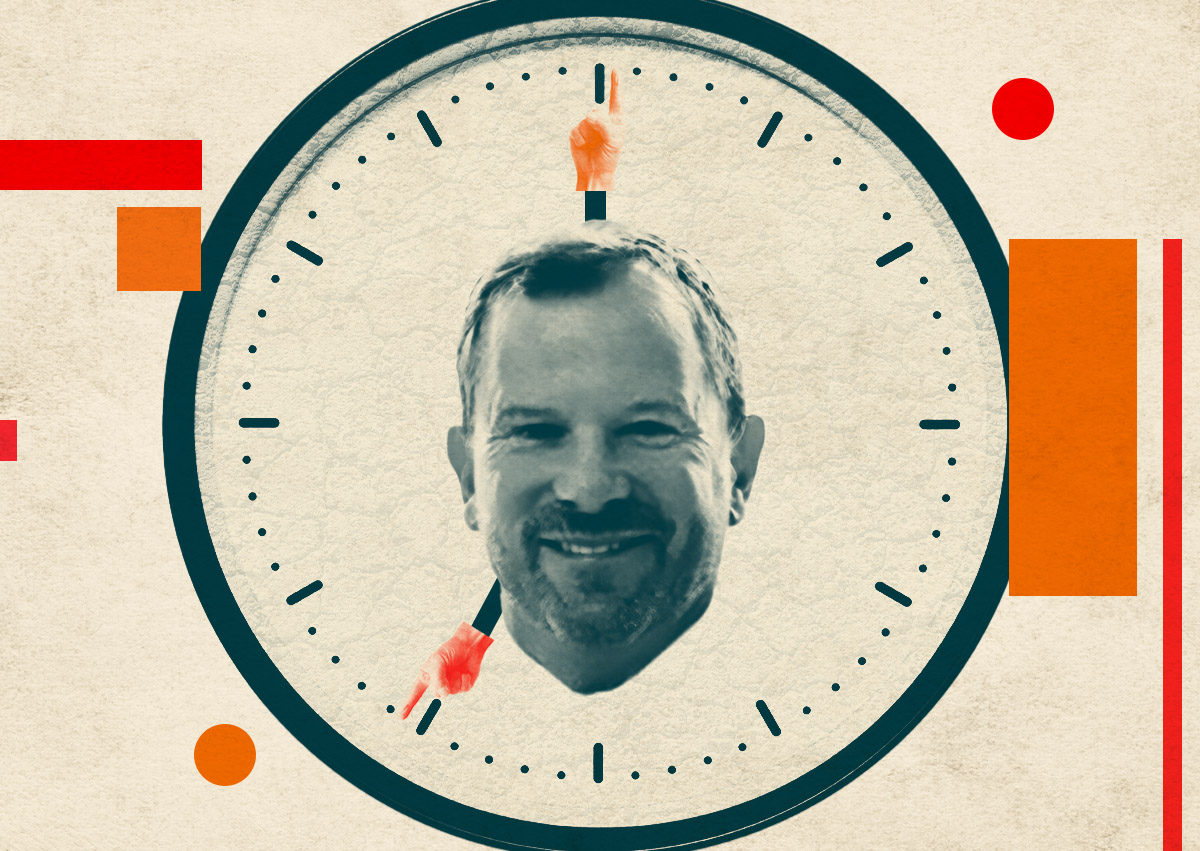Clock Ticking as WeWork Reaches 7-Day Agreement With Lenders
WeWork is facing what could be the longest week in company history.
The beleaguered co-working company entered into a seven-day forbearance agreement with bondholders, Bloomberg reported. The agreement, disclosed in a regulatory filing, gives the firm a week beyond the 30-day grace period that ends today after WeWork missed $95 million in debt payments.
At the beginning of October, WeWork skipped the $37.3 million in cash payments and $57.9 million of in-kind payments. The company said it had the money, but chose to use the grace period as a negotiating tactic with its lenders.
Yet it still resorted to forbearance.
Shortly after the skipped payments, Fitch Ratings downgraded WeWork’s credit rating from a CC to a C. Fitch said the new rating indicated that a “default-like” process had begun.
The seven-day agreement gives WeWork until the end of Tuesday, Nov. 6, to make the payments, according to Bisnow. The company is also forgoing a $6.4 million cash payment due Wednesday for a separate bond.
WeWork’s downward spiral accelerated in August when the company warned of “substantial doubt” that it could stay in business. At that time, the company had lost $11.4 billion since the onset of the pandemic and had just executed a 1-for-40 reverse stock split to keep its shares priced above $1 and trading on the New York Stock Exchange.
The company said last month that it intended to renegotiate “nearly all” of its leases. A WeWork spokesperson later clarified that the company wanted to stay at its buildings, but needed more flexibility from its landlords.
Two weeks ago, WeWork pulled the “interim” tag off the title of CEO David Tolley. He had taken over in May after the departure of Sandeep Mathrani.
WeWork’s stock opened at $2.59 on Tuesday. It has plummeted more than 95 percent since the start of the year and more than 99 percent since the company went public in October 2021 at a price of $13 per share.
— Holden Walter-Warner



